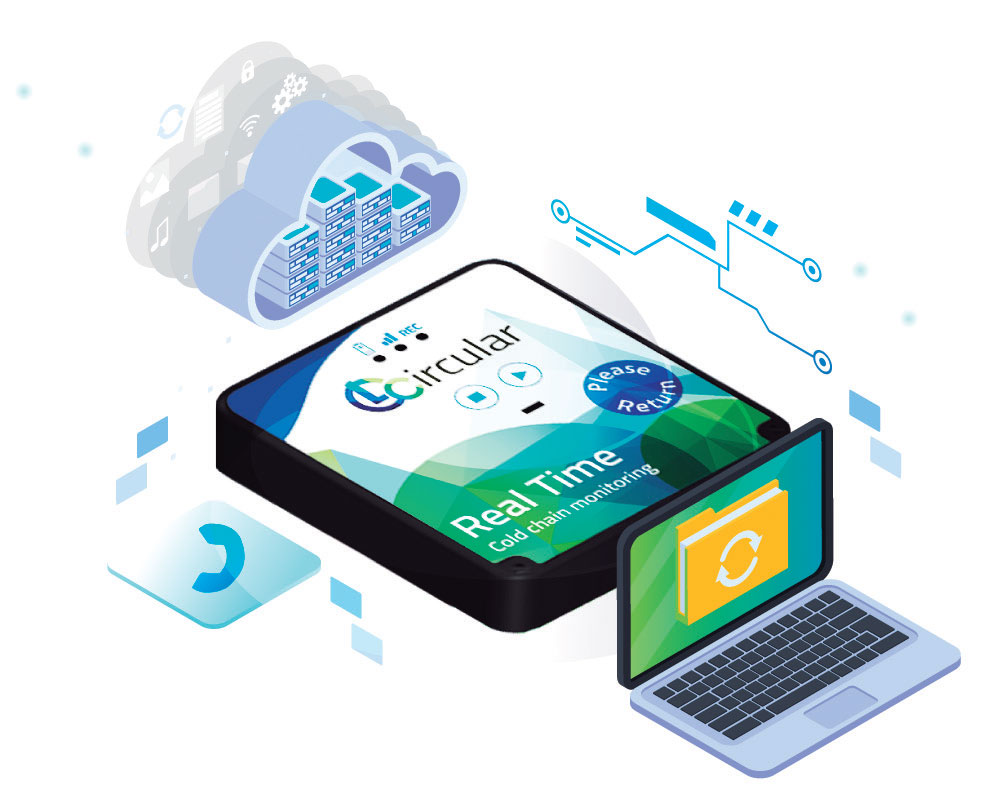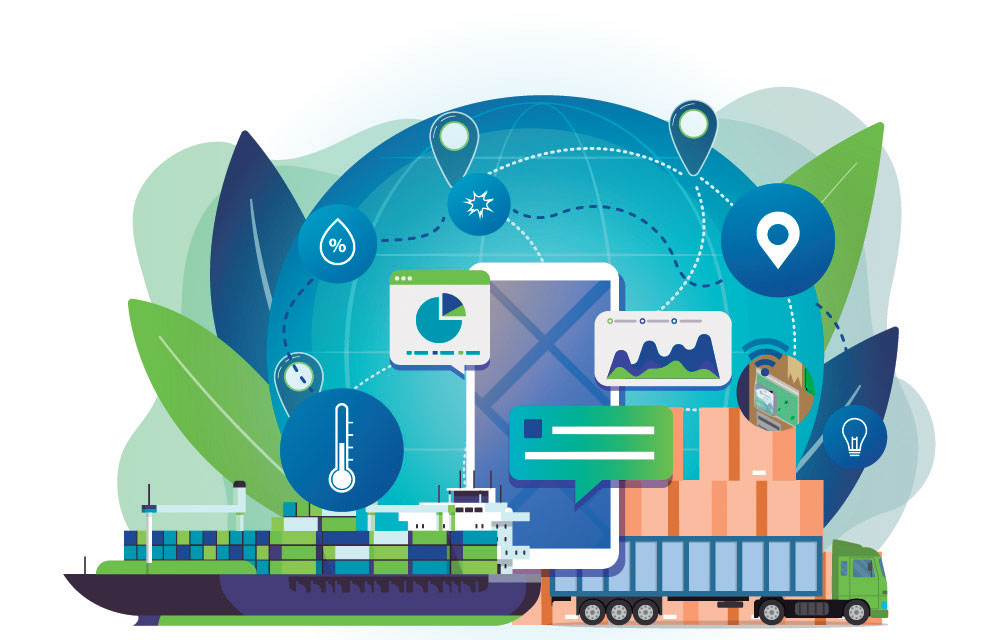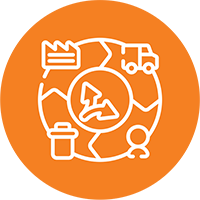CLCIRCULAR
REUSABLE IOT DEVICES FOR REAL-TIME MONITORING OF GOODS AND TO REDUCE PRODUCT LOSS
50% OF GOODS ARE TRANSPORTED IN SEA CONTAINERS, AND MORE THAN 50% OF THEM ARE REPORTED AS LOSSES. According to the FAO, one third of the food produced each year is wasted, approximately 1.6 billion tonnes of food, and about 14% of this happens during transport. These losses have a huge environmental, social and economic impact.
The good news is that these losses can be reduced by up to 75% with timely and quality information, but the technologies that enable this are very expensive, and can only be applied to high value-added products. CLCircular offers a real-time monitoring service for the logistics chain, using reusable rentable IoT sensors that collect data on environmental parameters during transport and storage of perishable products on a cloud, to gain visibility and control, allowing processes to be optimised and losses to be reduced. GAIKER Technology Centre participated as a collaborator in this project with CLCircular.

DRIVING FACTOR


 OBJECTIVES
OBJECTIVES
- Develop the world’s first reusable thermograph device.
- Reduce the environmental impact of the product in its life cycle, extending the life of batteries and incorporating environmentally friendly and recyclable materials.
- Reduce manufacturing costs.
- Improve the competitiveness of the organisation by shifting to a new business model associated with device rental.
- Obtain an innovative solution with the potential to be disseminated on a global scale due to its exemplary nature in the circular economy.
 RESULTS
RESULTS
- A reusable and affordable device to monitor the cold chain in real time.
- Increased durability of batteries and the device itself, with SIM card replacement facilities.
- Guarantees in relation to information security: realtime information to guarantee safety and quality of products; incorporation of a Blockchain seal to improve transparency and secure communication with corporate clients; and correlation of data to exploit the full potential of big data and optimise logistics.
- Calculation of the impact of operations on CO2 or food saved in the same system.
- Possibility to create smart labels with additional product or logistics information.
- 90% reduction of environmental impact during the device life cycle, compared to non-reusable dataloggers.
- Reduction of 2.25 kg of scrap per datalogger.
- Reduced perishable product waste (between 70 and 140 tonnes of fruit) per datalogger.
- Reduction of over 20,000 tonnes of CO2 equivalent per year through electronic and food environmental savings.
 CONCLUSIONS
CONCLUSIONS
- A completely new solution on the market has been achieved, replacing the purchase of a device with hiring a service: the use of the device is associated with a specific corporate client, guaranteeing real-time data and total confidentiality. Once this service is completed, the device is retrieved, checked and put back into service.
- One of the keys in the development process was to have the support of other companies and bodies from both the public sector (with their grant and funding programmes, training and development of the team), and the private sector (supplier companies and technology centres in the area, clusters, accelerators of companies with an impact, financial bodies and clients to carry out the tests).
- The next phases focus on expanding international commercial action and continuing development and improvement according to tests, recommendations and needs identified in the end customer company.
ENVIRONMENTAL
TECHNICAL
ECONOMIC
COMMERCIAL
ON THE MARKET

